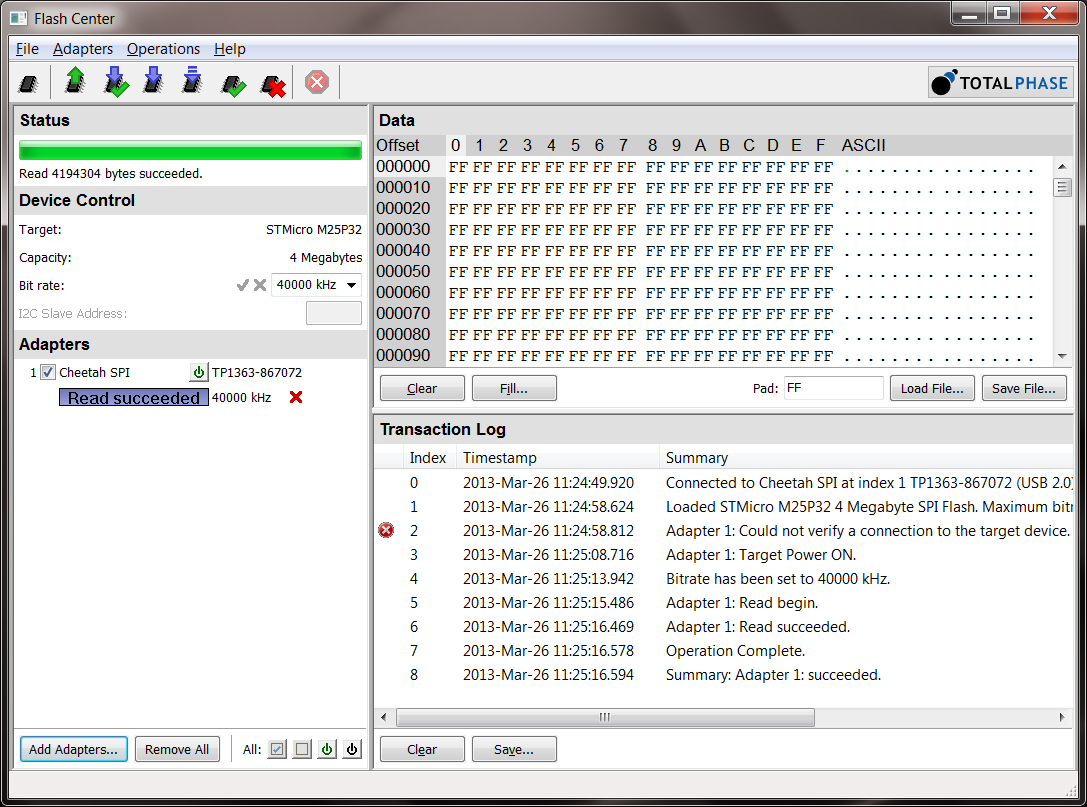Growing ubiquity of wireless devices combined with the advent of mobility applications requires businesses to be diligent in managing inference throughout their deployments. The many wireless technologies and commonplace electric devices already in use and newly emerging impede wireless performance.
WiFi interference can be a major inhibitor to wireless performance, creating security vulnerabilities and wireless network instability.
This blog post exposes the top 10 most pervasive myths around wireless interference.
-
The only interference problems are from other 802.11 networks.
There are a tremendous number of 802.11 devices out there. It is true that the other 802.11 networks can cause interference with your network. This type of interference is known as co-channel and adjacent channel interference. But since other 802.11 devices follow the same protocol, they tend to work cooperatively-that is, two access points on the same channel will share the channel capacity.
In reality, the many other types of devices emitting in the unlicensed band dwarf the number of 802.11 devices. These devices include microwave ovens, cordless phones, Bluetooth devices, wireless video cameras, outdoor microwave links, wireless game controllers, Zigbee devices, fluorescent lights, WiMAX, and so on. Even bad electrical connections can cause broad RF spectrum emissions. These non-802.11 types of interference typically don't work cooperatively with 802.11 devices, and can cause significant loss of throughput. In addition, they can cause secondary effects such as rate back-off, in which retransmissions caused by interference trick the 802.11 devices into thinking that they should use lower data rates than appropriate.
Summary: The unlicensed band is an experiment by the FCC in unregulated spectrum sharing. The experiment has been a great success so far, but there are significant challenges posed by RF interference that need to be given proper attention.
-













Tagged Test & Measurement
| Leave a reply